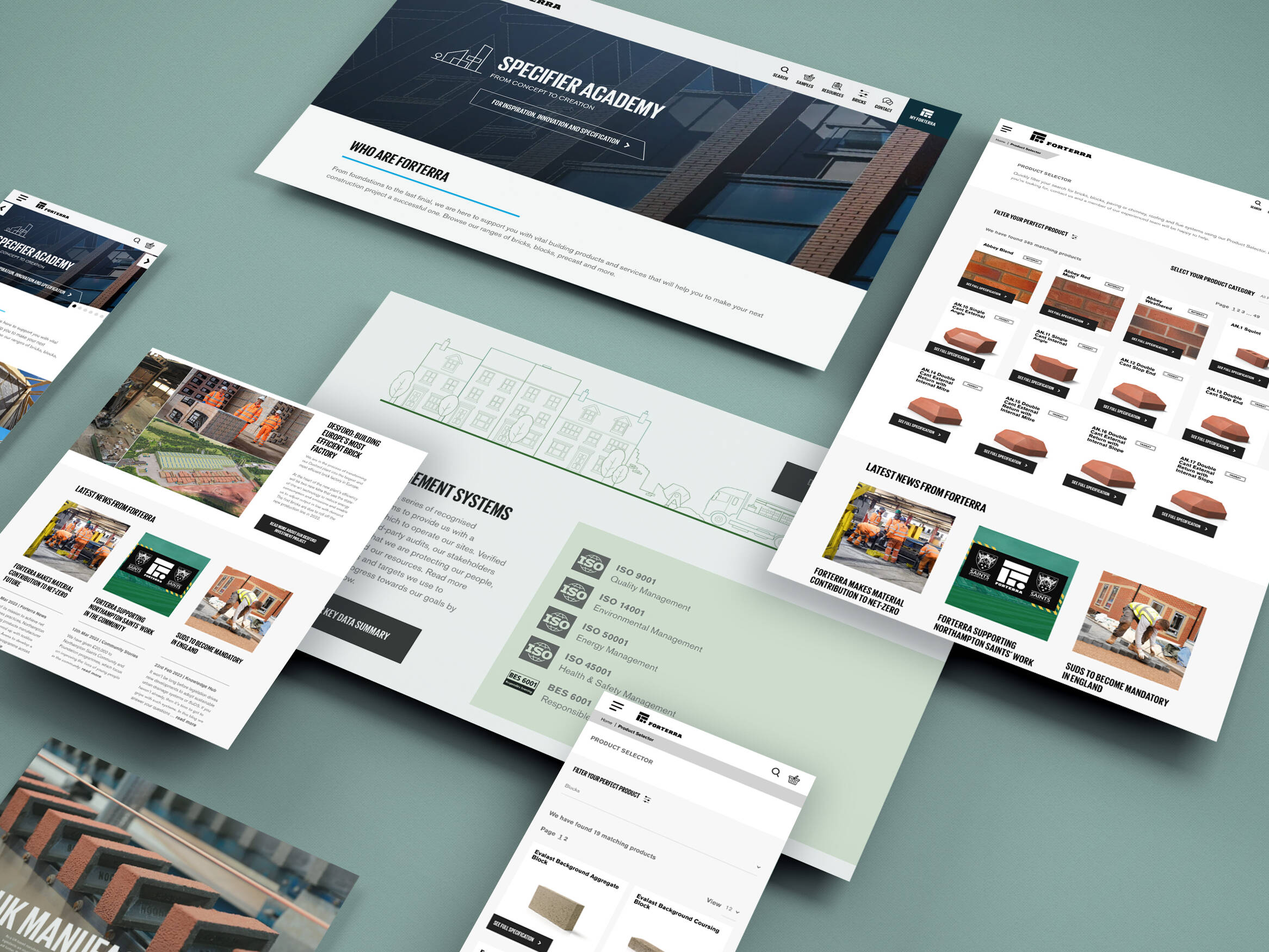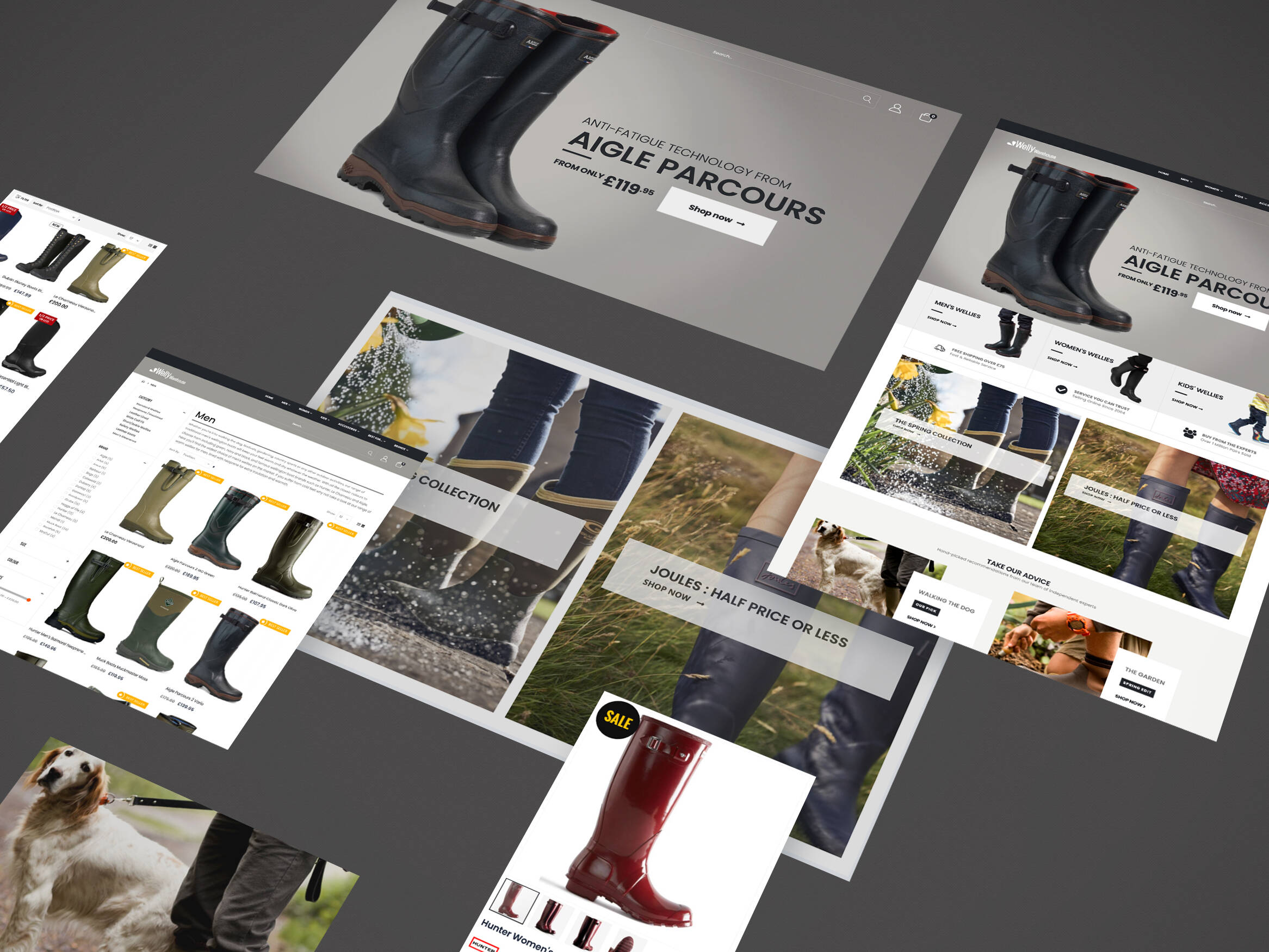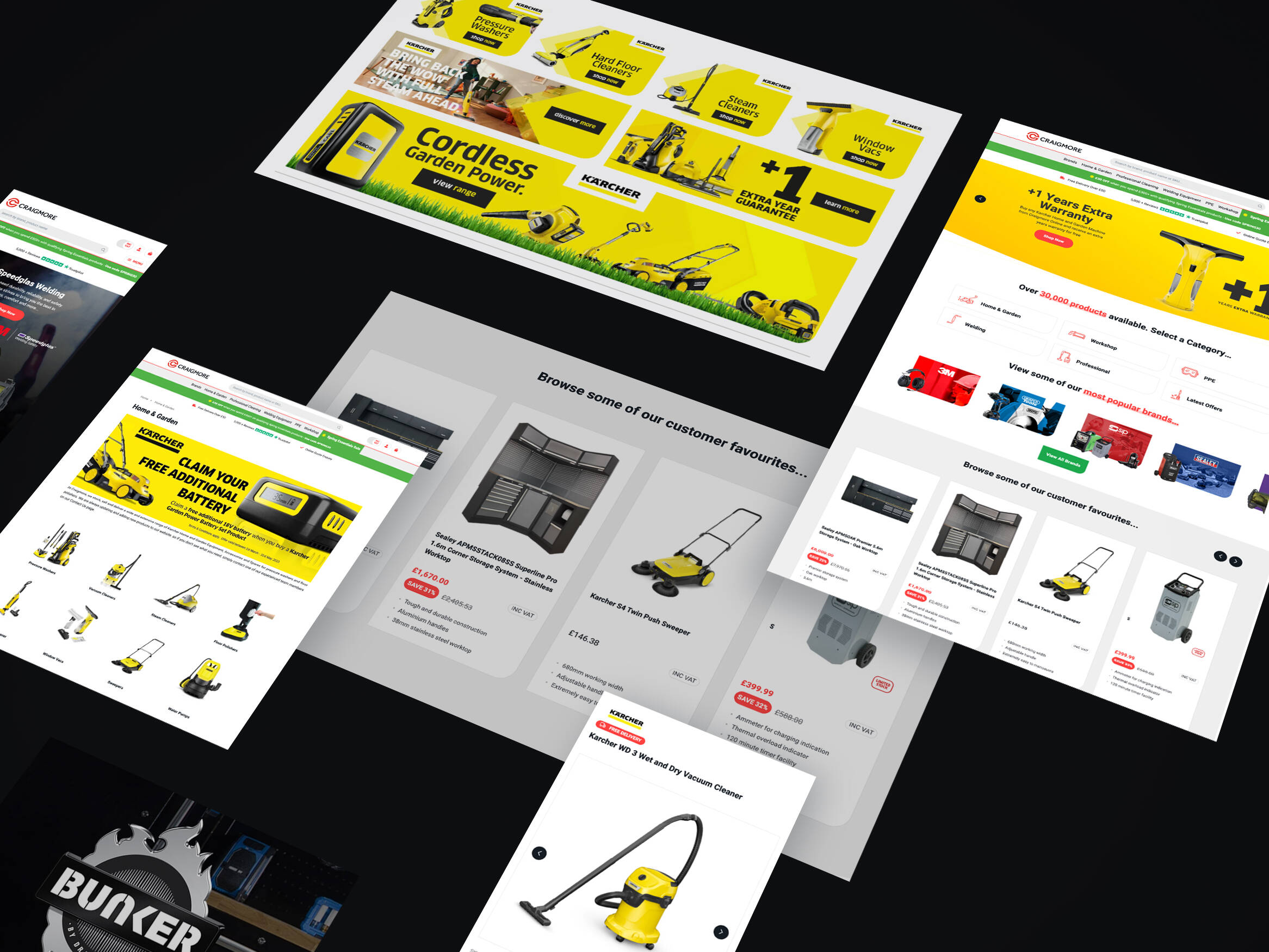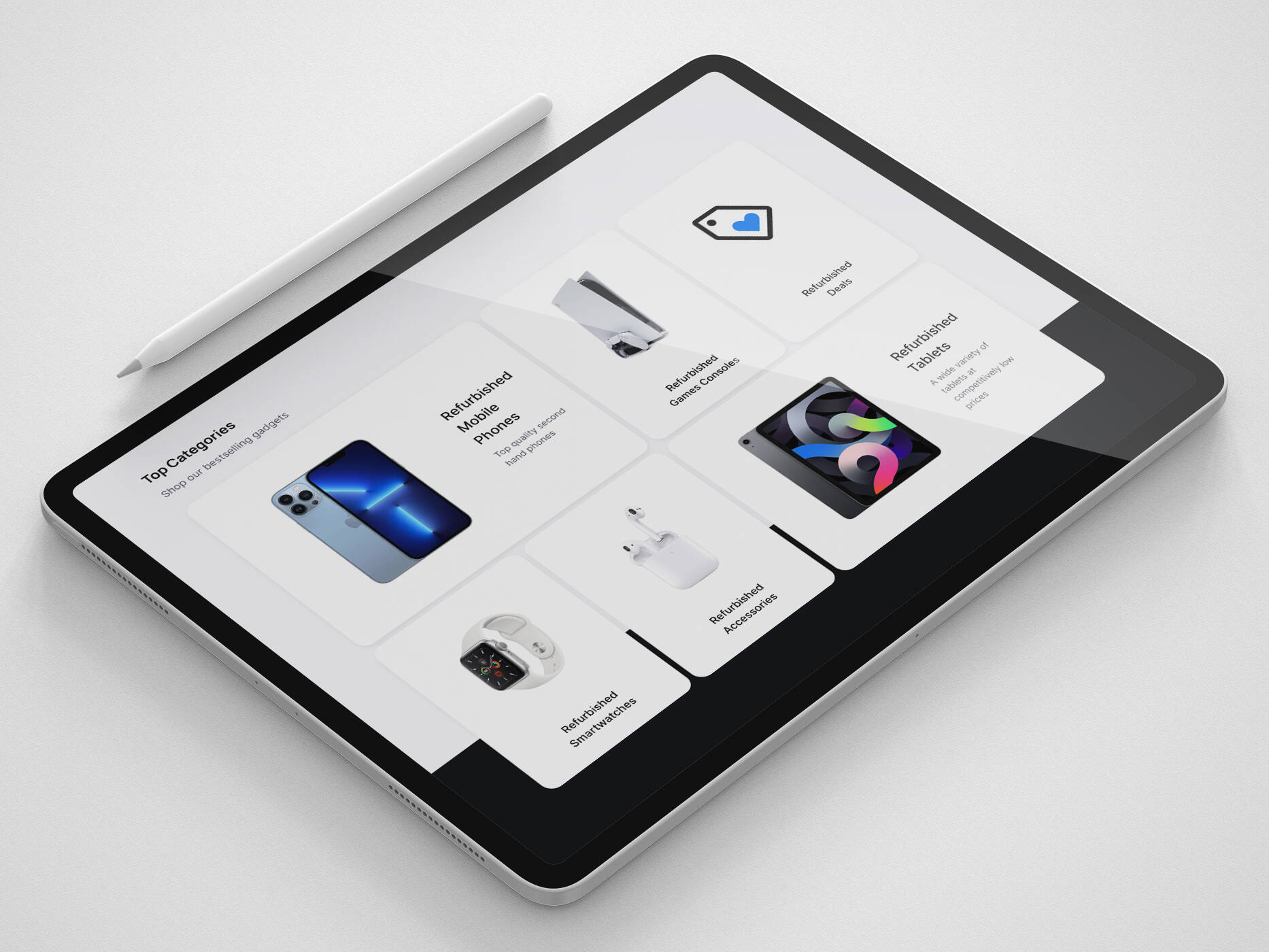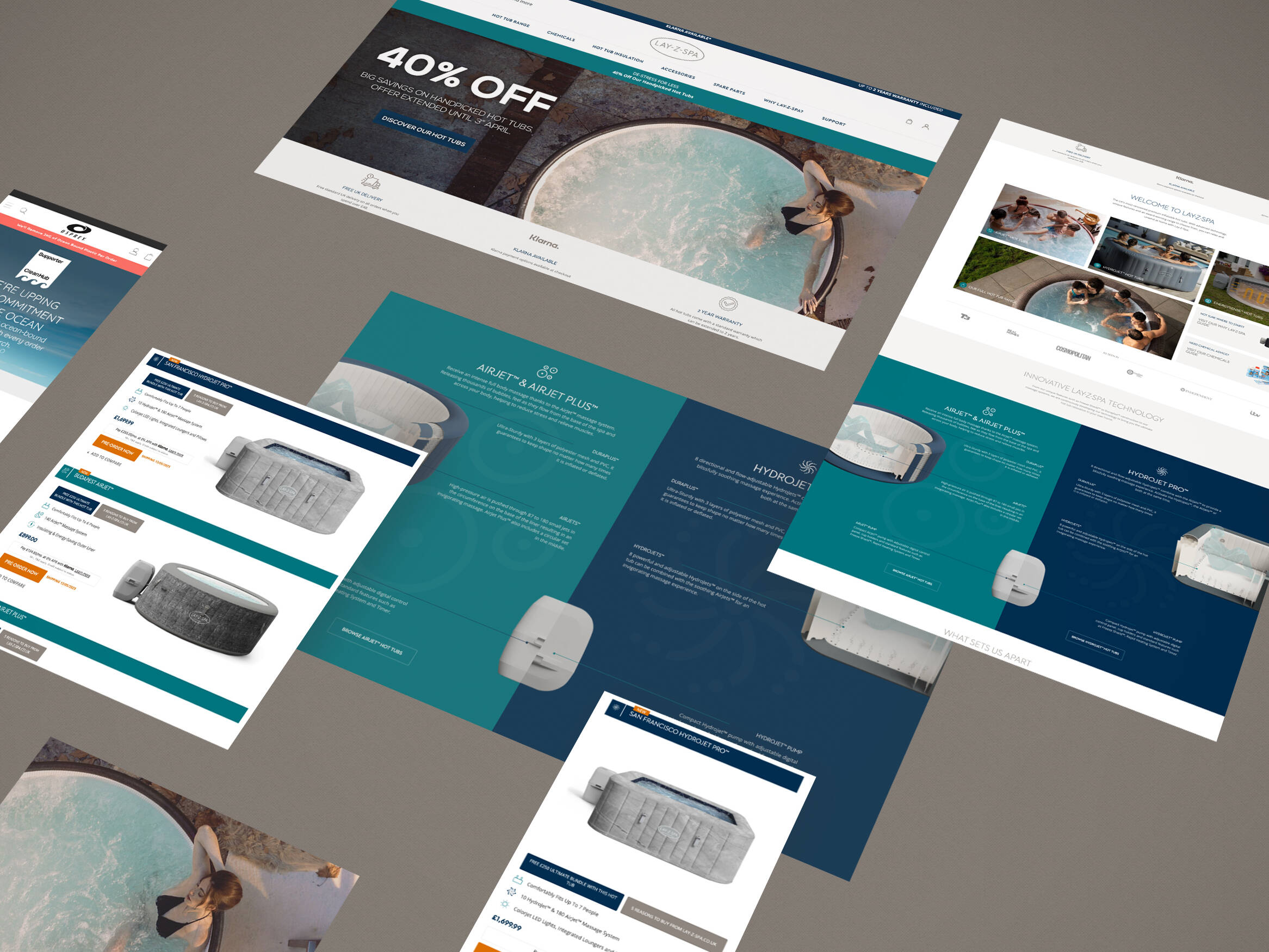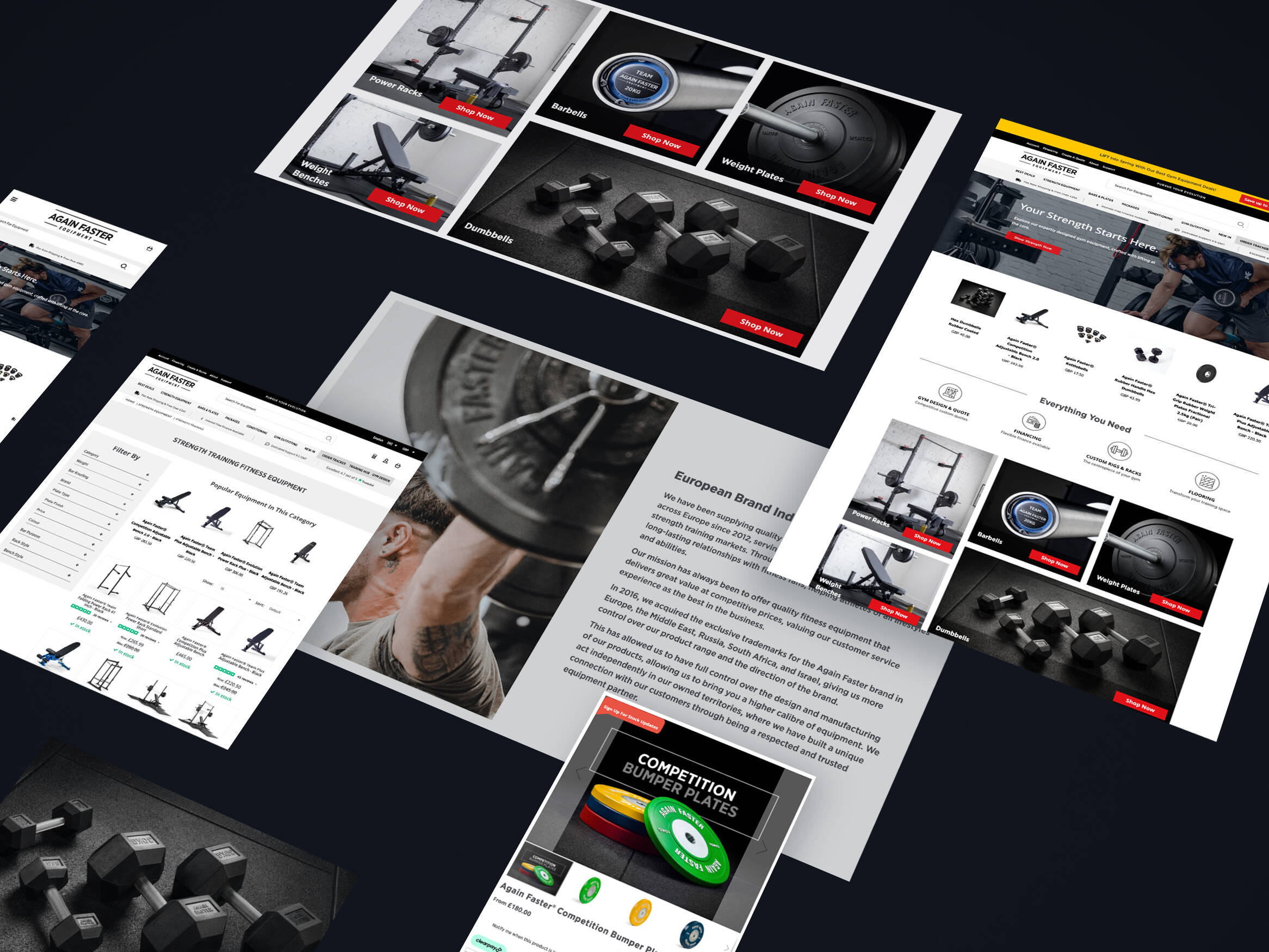If you have ever purchased a product online – you will have experienced the process of an eCommerce customer journey. If you’re an online business owner, you’ll have questioned why some customers view your site and exit without making a purchase.
There could be multiple reasons for this. First, let’s take a look at the various stages of the eCommerce journey:
Awareness
This is when consumers browsing online have discovered your website/brand. This might have happened through avenues such as a social media ad, campaigns or a google shopping ad.
Consideration
Now your potential customers are searching to see if you can provide them with the service they are looking for and whether this process is smooth sailing and easily accessible.
Purchase
Customers are now making a decision on which products they would like to purchase. Questioning why they need your product and what makes it stand out from your other competitors.
Retention
This is where we see if the customer wants to make another purchase. Have they returned to your site, signed up to receive emails, or engaged with your brand on social media?
Customer Journey Map
We know that no two customers are the same, each of their needs, triggers for purchasing and motivations are different. In order to attract the digital-savvy consumer in today’s world, understanding what will influence their shopping choices and purchasing behaviour is integral for delivering a positive eCommerce experience.
This is where the creation of Customer Journey Maps can be a fundamental part of building an online experience that customers enjoy. This process helps marketers understand why a potential customer chooses to spend their time on a specific feature or platform. It also helps them to understand the number of steps they take while active on the site, and when the transitions could be much smoother and quicker.

What is a Customer Journey Map?
A customer journey map is a visual representation of the processes a customer goes through with a business to reach a certain goal – this can also be called a user or buyer journey. It combines all interactions and touch-points of the customer’s experience with your business/brand. These experiences can provide information on where and when they choose to interact, whether that is through email, social media platforms or alternative channels.
Not only is this the most effective way to assess consumers’ needs, it can also help B2B business leaders gain more insight into common issues. Allowing them to better optimise and personalise the customer experience.
Let’s learn how to map your eCommerce company’s customer journey…
The customer experience at each touchpoint should be included in a customer journey map. This can include what action the customer needs to take and how your brand should respond to achieve the best outcome for both.
Firstly, your main priority should be to gather as many insights as possible. These can be found from customers completing surveys, social media and website analytics, product and service reviews. Once you have this information, your user journey can then be created across the various touch-points tailored to each specific buying persona. For example, a millennial buyer persona may see a product on social media, research it on the mobile version of your site, and finally make a purchase on a desktop computer.
Happy Customers = Happy Business!
When your customers are happy, they spend more money. The products you offer will always have an impact on the success of your brand. However, products alone are not enough to attract or retain your customers.
To help further improve the value of your customer’s experience try actioning these 8 tips…
1. Advanced UX

You want to make sure that your online customers are able to easily engage with your site.
Mobile optimisation should be a priority when it comes to building and designing your eCommerce website. Optimising your product pages with mobile shoppers in mind will allow customers to find what they’re looking for quicker and encourage them to make a purchase.
For more information on creating a mobile-friendly website, read more about the best practices that you should follow.
Tip: Strategically categorise your product catalog and any accompanying product pages. This can be in addition to having a functioning search feature.
2. Product Pages

Your product pages should offer a harmonious balance of information and high quality imagery. We don’t want to overwhelm customers with too much information, so this should be precise and to the point.
Product videos are also a great addition to your images. They allow potential customers to visualise more clearly how your product might work for them.
Don’t forget to make your product page copy emotion-evoking!
3. Make Your Brand Engaging
There will be occasions when you need to convince customers to shop from you. This can be done through a variety of promotional actions:
Email newsletters and other promotional emails related to the business can be an effective marketing route for promoting your products or service. Klaviyo and Dotdigital are great platforms for helping create newsletters and automated trigger emails, such as abandoned carts and review prompts.

4. Personalisation

Making your customers’ online experience personal is a crucial factor in the success of your sales.
Personalisation will differ for each individual based on your previous customer journey research. Consider providing product recommendations, delivering content tailored to specific customers and addressing customers by their name.
5. Make The Most Of Google

If you want to be the top search for potential customers – Google shopping is an excellent starting point. With some time and effort, you can add helpful information to your listing, show on-site reviews, product links and images.
6. Payment Alternatives

Customers want options. So being able to offer alternative payment methods will no doubt encourage customers to choose your service.
Many customers are now using mobile payment options such as Apple Pay, alongside using purchase plans like Klarna. These plans can persuade customers to purchase your product or services sooner, as they offer a more convenient method of paying.
7. Place Customer Reviews Strategically On Your Site
Collecting customer reviews is only half the problem solved. Often, it’s what you do with those reviews that will make the difference to your sales. Well-placed product reviews can be the difference between a sale and an abandoned cart.
The results of a study from the Spiegel Research Centre make one thing very clear: customer reviews matter.
“Nearly 95% of shoppers read online reviews before making a purchase and Displaying reviews can increase conversion rates by 270%.” – Spiegel Research Centre.
If you need help collecting customer reviews, we have a few ideas that you can try.
Did you know? iWeb works in partnership with Yotpo, an eCommerce review collection platform, using the customer content collected to increase trust, social proof, and sales.
They have also written their own recommendations on curating a better buyer journey…
8. Add An Exit Popup To Your Website

Exit intent popups are one of the most effective ways of capturing site visitors who would have otherwise left, giving them a final chance to hear from your brand again. Capturing customer email addresses through popups enables you to deliver targeted messages to potential customer inboxes, encouraging them to come back and reconsider purchasing.
Popups are a great way to grow your email contact list and turn potential customers into happy customers.
Did you know, when used well, popups can drive up email list growth rates by an average of 50.8%.
Summary
Remember, there is no ‘one size fits all’ approach when it comes to eCommerce marketing, so make sure to trial a number of strategies to find what works for your customers.
Here at iWeb, we create bespoke eCommerce websites that convert and drive sales.
To find out more about our partnerships with Dotdigital, Yotpo & Nosto, contact our team of experts today to find out more about the solutions we can offer.
If you’d like eCommerce marketing advice or information, contact our sister agency, Kanuka Digital, who specialise in helping eCommerce websites grow their business online.
Get in touch
We know commerce, let us help you improve customer experience, increase conversion rates, and make that digital change.
- hello@iweb.co.uk

